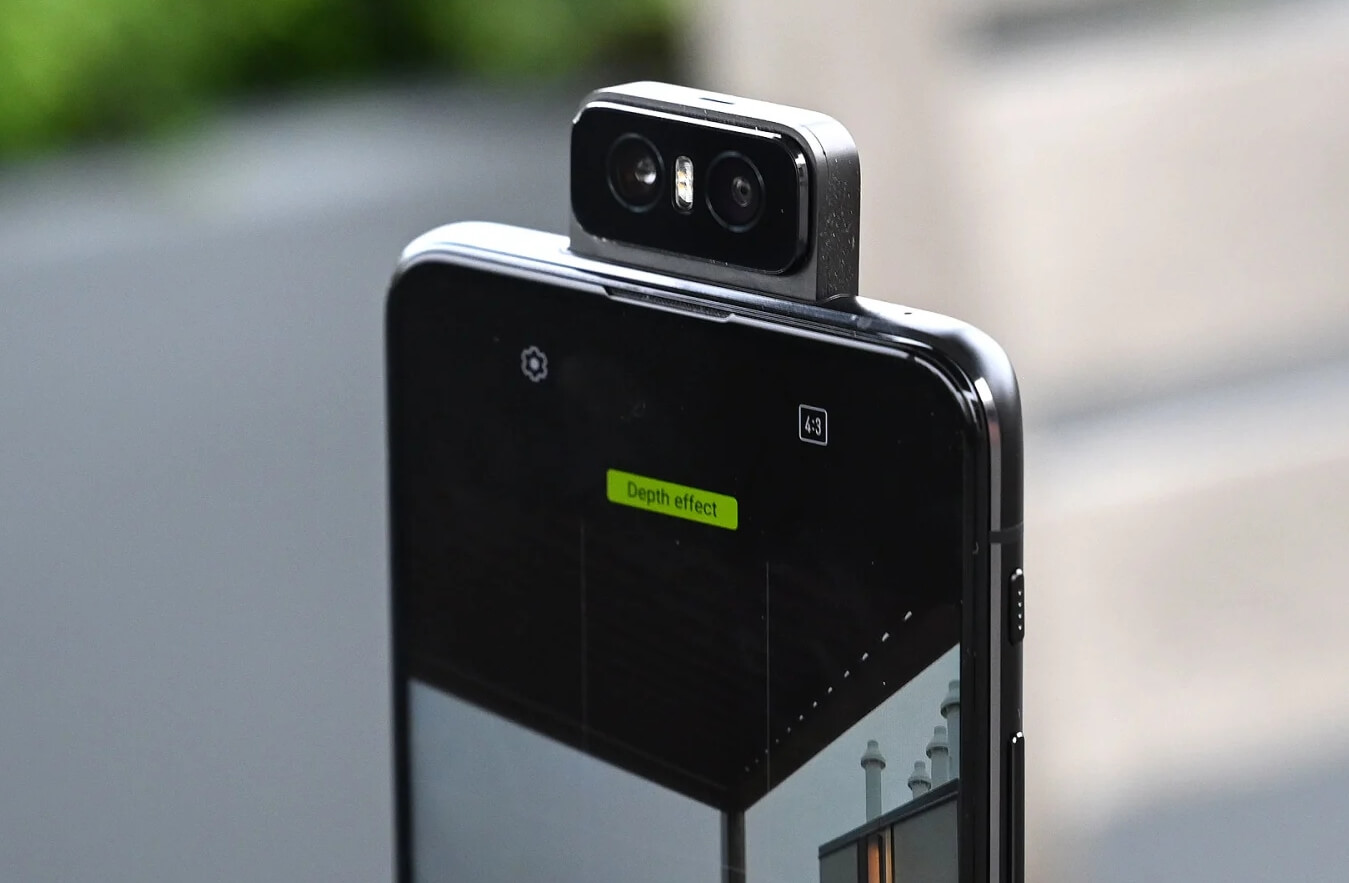Bottom line: Zack described the phone as a fantastic engineering marvel, concluding that "if you want features, all you have to do is spend less money on your phone." It retails for around $500 and includes a dual SIM card tray, an SD card slot and a headphone jack. Most flagships that sell for closer to $1,000 lack these basic features.
Companies like Xiaomi and Oppo have already demonstrated that motorized cameras on smartphones will be a short-lived fad but they're not quite ready for prime time just yet. As such, devices with mechanical cameras like the OnePlus 7 Pro and the Asus ZenFone 6 are permeating the market.
But just how durable are these devices? Is a mechanical camera really as bad as it sounds?

Zack from JerryRigEverything recently took a look at the new ZenFone 6. It features a flip-up design that brings the rear cameras - a 48-megapixel primary shooter and a 13-megapixel wide-angle lens - to the front, essentially repurposing the higher-quality rear-facing array as a front-facing shooter. Most fixed front-facing cameras are of lower quality than their rear counterparts so it's nice to see here that the best camera array can be used in both orientations.
As for durability, the flip-up camera was surprisingly sturdy. Rated for 100,000 flips, the mechanical motor isn't overly powerful and will essentially "give up" when met with even a modest amount of resistance. That's a good thing, however, as something too powerful would likely strip the gears out in short order.
The hinges Asus selected are equally as sturdy, refusing to fail even under substantial abuse.
Image credit: Sam Rutherford via Gizmodo